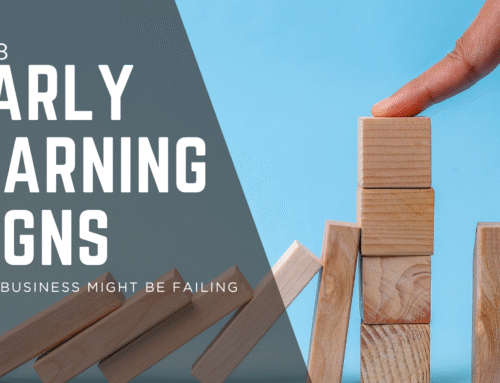
Today we complete our financial mistakes series by examining the most critical error people make in their 60s: completely abandoning active income. This single decision can jeopardize your entire retirement strategy.
The Active vs. Passive Income Reality
📊 Income Types Defined
- Active Income: Money earned through labor or business ownership (you control how much you make)
- Passive Income: Money from NIS, pensions, or annuities (limited by investment returns)
The Dangerous Consequences of Cutting Active Income
When you completely abandon active income, two damaging things happen:
- Lost Connection: With each passing month, it becomes harder to re-enter the workforce or restart business activities
- Poor Investment Decisions: Dependence on passive income can lead to risky investment choices out of desperation
The Retirement Math That Might Shock You
Consider a comfortable retirement lifestyle for two:
💸 Annual Retirement Costs
$120,000 – $180,000 per year ($10,000 – $15,000 monthly) for at least 20 years
Breaking Down the Numbers
Assumed Passive Income:
- NIS: $36,000/year ($3,000 monthly)
- Pension: $60,000/year ($5,000 monthly)
- Shortfall: $24,000 – $84,000/year
How to Cover the Gap: The Scary Reality
💰 Required Savings for $24,000 Annual Shortfall
- Savings Account (1%): $2.4 MILLION needed
- Mutual Funds (4%): $600,000 needed
- Aggressive Investing (8%): $300,000 needed (very risky)
The Trinidad & Tobago Retirement Crisis
Most middle-class retirees in T&T have retirement accounts in the $250,000 – $300,000 range. To generate $24,000 annually from $300,000, you’d need consistent 8% returns—possible but extremely risky for retirees who can’t afford market downturns.
The Smart Alternative: Maintain Some Active Income
Instead of completely cutting active income, consider:
- Part-time consulting in your field of expertise
- Turning hobbies into income streams
- Rental income from property
- Teaching or mentoring opportunities
Even modest active income can dramatically reduce the pressure on your retirement savings and allow for more conservative, safer investment strategies.
“A wealthy person is simply someone who has learned how to make money when they’re not working.” – Robert Kiyosaki
Stay tuned for Part 2 next week where we’ll explore more mistakes people make after retirement and practical solutions!
Missed previous installments? Explore our complete financial mistakes series – 20s, 30s, 40s, 50s.







